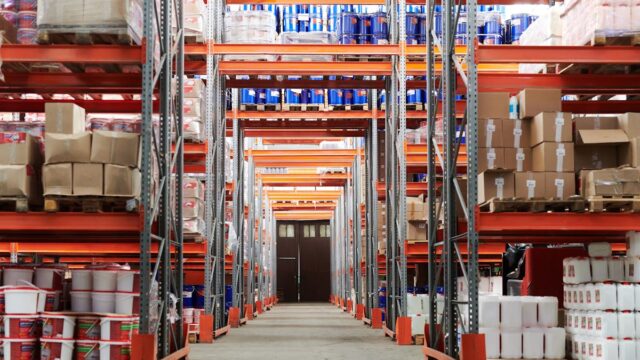Understanding final goods definition is crucial in economics. These goods are the end products of production, ready for consumption or investment. Unlike intermediate goods, they are not used to produce other goods but satisfy consumer or business needs directly.
In this article, we’ll explore what final goods definition are, their types, examples, and their role in the economy.
What Are Final Goods?
Definition of Final Goods in Simple Terms
Final goods refer to products that have completed the production process and are ready for sale or use. These goods are not subject to further transformation. They are the finished products you see in stores or businesses.
For instance, a car sold to a customer is a final good. However, the tires used to make the car are intermediate goods unless sold separately as replacements.
Examples of Final Goods in Economics
Here are a few examples to clarify:
- A loaf of bread purchased by a consumer.
- A television bought for household use.
- Machinery acquired by a factory for production.
These goods are either consumer goods or capital goods depending on their purpose.
How Final Goods Are Different from Intermediate Goods
The key difference lies in their usage. Intermediate goods are inputs for creating other goods, whereas final goods are used directly.
| Category | Final Goods | Intermediate Goods |
| Purpose | Ready for consumption or investment | Used to produce other goods |
| Example | Furniture sold to a household | Wood used to make furniture |
| Contribution to GDP | Included | Excluded (to avoid double counting) |
Types of Final Goods
Consumer Goods vs Capital Goods
Consumer goods are for personal use, such as clothing or groceries. Capital goods, on the other hand, are used for business purposes, like tools or machinery. Both are essential to economic activity.
Durable vs Non-Durable Final Goods
Durable goods have a long lifespan, such as refrigerators and cars. Non-durable goods, like food or cosmetics, are consumed quickly. These classifications help economists analyze consumer behavior and market trends.
Importance of Final Goods in Economics
Role of Final Goods in GDP Calculation
Final goods play a significant role in measuring a country’s economic health. Gross Domestic Product (GDP) includes only final goods to avoid double counting. For example, only the value of a fully assembled car is counted, not the individual parts.
Impact on Economic Growth and Consumption
Higher production and consumption of final goods indicate economic prosperity. These goods also reflect consumer demand and purchasing power.
Final Goods vs Intermediate Goods
Key Differences Between Final and Intermediate Goods
The distinction is critical. Final goods are the last stop in the production chain. Intermediate goods are merely a step along the way. Misclassifying these goods can lead to incorrect economic data.
Can Intermediate Goods Become Final Goods?
Yes, depending on usage. For example, sugar sold to a bakery is intermediate. But if sold to a household, it’s a final good. Context matters in classification.
Why the Distinction Matters in Economics
Accurate classification prevents errors in economic metrics like GDP. It also helps businesses plan better by understanding their supply chain.
FAQs About Final Goods
Are Final Goods Included in GDP?
Yes, only final goods are included in GDP calculations. This avoids double counting, ensuring accurate economic data.
What Are Some Common Examples of Final Goods?
Common examples include clothing, electronics, cars, and household appliances. These are ready for consumption or business use.
Why Are Final Goods Important to the Economy?
They reflect consumer demand, economic productivity, and the standard of living. An increase in their production often signals economic growth.
What Is the Difference Between Final Goods and Capital Goods?
Final goods are broader. Capital goods, a subset, are specifically for business use, like machinery or tools.























